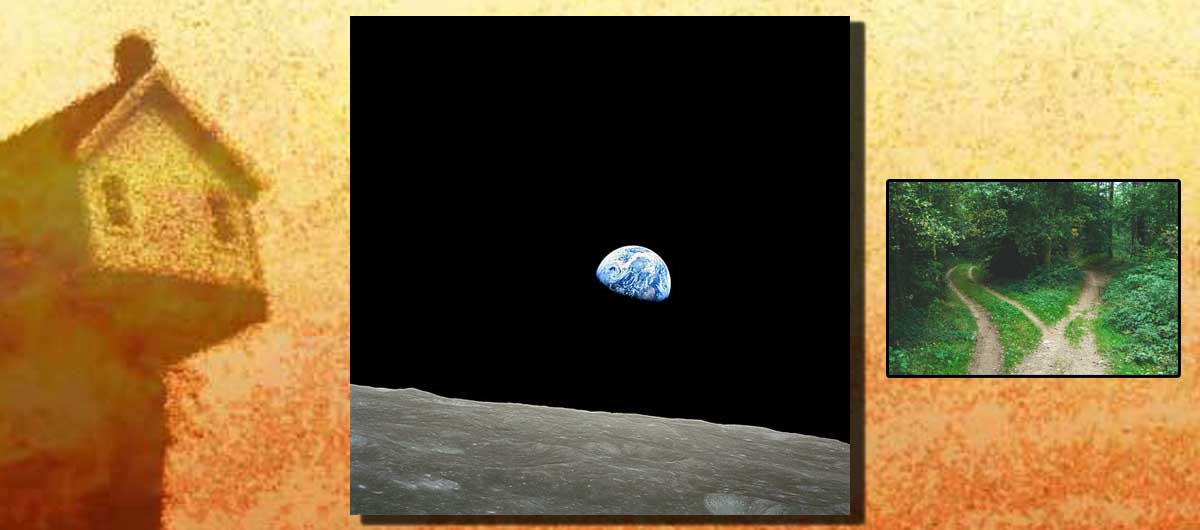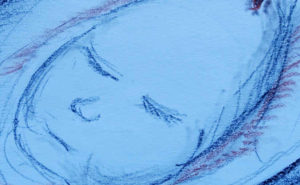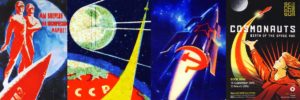The road not taken
Two roads diverged in a wood, and I –
I took the one less travelled by,
And that has made all the difference.
from “The Road Not Taken” by Robert Frost
In his poem “The Road Not Taken”, Robert Frost makes a metaphor for his life, for any life, from a parting in a road, a path through a wood. At the point where the path splits, the poet stands awhile, hesitating. He wishes he could travel in both directions, but that’s not possible. There is barely anything to choose between the two, though perhaps one is slightly less used? He looks down one path “as far as I could, To where it bent in the undergrowth”. Then he chooses the other, the one slightly “less travelled by”. He thinks he’ll come back and walk the rejected road another day. But that other day never comes. The choice he makes in the wood leads him on and through a life, which is different than it would have been had he chosen “the road not taken”.
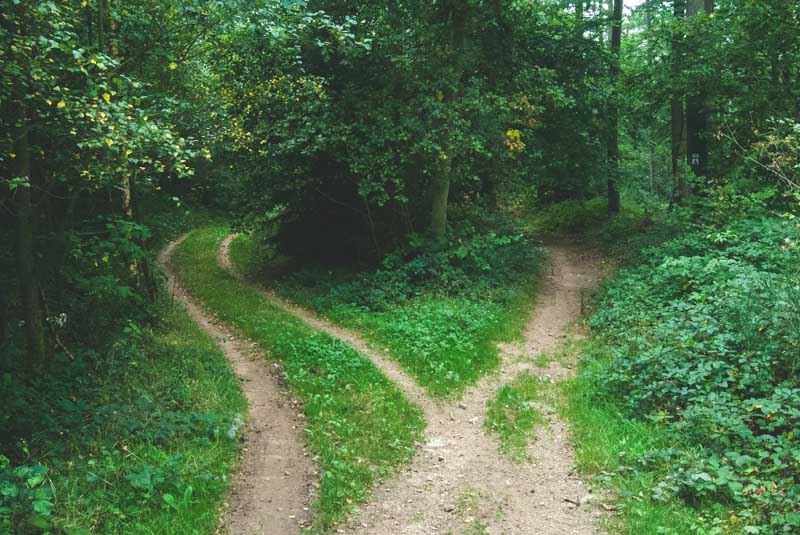
The point of no return
When you go on a journey there comes a point beyond which the return trip, if you decided to turn around, would take more time and effort than to continue on to your journey’s end. This is the point of no return. I first heard the term, and it imprinted itself on my memory, when I was 10 years old and avidly following the Apollo 8 mission.
Apollo 8 was the first manned mission to circle the moon and return. First the Saturn V rocket lifted the astronauts in their spaceship into earth orbit, and then, at the exactly calculated moment the spaceship fired its engines and left orbit heading for the moon. Somewhere quite soon there was the point of no return. The point beyond which the mission could not be aborted, when the astronauts were committed to going all the way out and around the moon in order to come back.
Mostly, in life, our journeys are not so finely calibrated and well planned. Much more like Robert Frost’s choice of road than the Apollo missions. We don’t notice the point of no return except in retrospect. Looking back we can say; there, then. That was the fateful moment. But at the time it’s just one decision of many, one moment in the flow, and if we notice it at all we say to ourselves, I can come back and go that way tomorrow.
The tipping point
This is what it looks like on a personal level. We make choices, or we believe we have made a choice, and we follow the road and the point of no return passes us by. But we do not live in a world isolated from others (though some seem to behave as if they do). Larger events have a bearing on us, on our lives. The expression “tipping point” has gained a lot of currency in the last 20 years or so. From referring to a statistically definable event in various scientific disciplines (physics, sociology), it’s become a metaphor for the point of no return when change in any given situation will cascade, precipitating a new normal. I find “tipping point” a bit of a meek image for something with such chaotic outcomes.
Thinking of tipping points, I think of children’s playgrounds. Of the seesaw (which I think Americans might call a teeter-totter). A plank on a single pivot point, one end resting on the ground the other up in the air. I see an adventurous child climbing the plank. Closer and closer the child gets to the midpoint and then, as their weight passes over the pivot point, the plank tips. The high end comes down to the ground, the low end rises into the air. It’s all very exciting. And it’s almost as if they could control it. If they could keep their weight equally distributed over the pivot point, one foot on either side, they might be able to keep the plank level, balanced on the pivot.

The last straw
But can we ever control a tipping point? I think it’s probably tempting to believe it, but I don’t think it’s possible. Rather than “tipping point” isn’t a better metaphor “the last straw that breaks the camel’s back”? Because once we’re over the tipping point, it is broken. It can’t be held in balance.
I imagine a mountainside on which a weight of snow and ice build up on a slope over a scree of rocks and boulders. For the longest time, friction keeps everything from moving, but the weight grows incrementally, snowflake by snowflake, until something triggers a slide. An avalanche. And the rock and snow and ice cascade down the mountainside into the valley, faster and faster, smashing everything in their way, piling into the reservoir, displacing the water, forcing a flood, bursting the dam, sweeping houses, roads and bridges away, drowning, burying the land and people until finally it all finds a new equilibrium. And we have to pick up the pieces, rebuild our lives. We have to live in this new reality.
Run!
The world we live in and the global society of which we are a part, are both subject to political, economic and lately climate stresses, all of which seem to build towards what? Call them tipping points, call them points of no return, call them avalanches. They are unstable, chaotic events, and they are far greater than we know how to control. Even if they could be controlled, those in a position to exercise control are incompetent for the task. Try convincing an avalanche to turn aside by the sheer power of public opinion expressed on social media.
No longer do we have a choice. No longer do we have the time to stand and ponder which road to take. Instead – Oh no. Here comes the flood. Run!
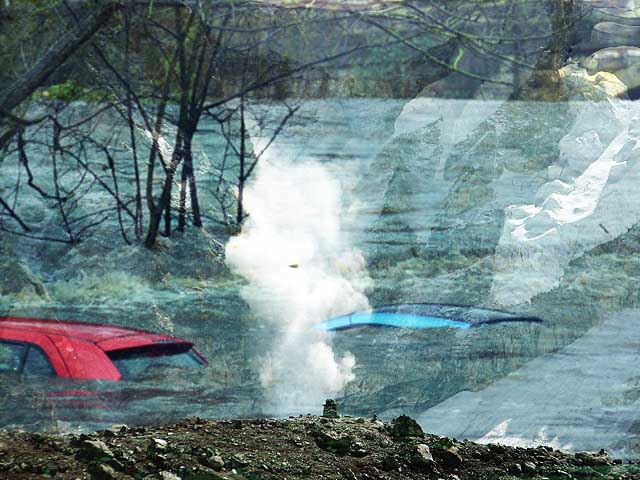
Illustration credits
The original photos are sourced from Unsplash and Wikimedia Commons.
The two paths in a wood: Photo by Jens Lelie on Unsplash
The house on a tipping point: Photo by Cindy Tang on Unsplash
The cars drowned in a flood with an avalanche superimposed: Cars photo by Chris Gallagher on Unsplash, Avalanche photo from Wikimedia Commons
In the header image, the view of Earth rising over the moon was taken by Apollo 8 crewmember Bill Anders on December 24, 1968, also from Wikimedia Commons.

